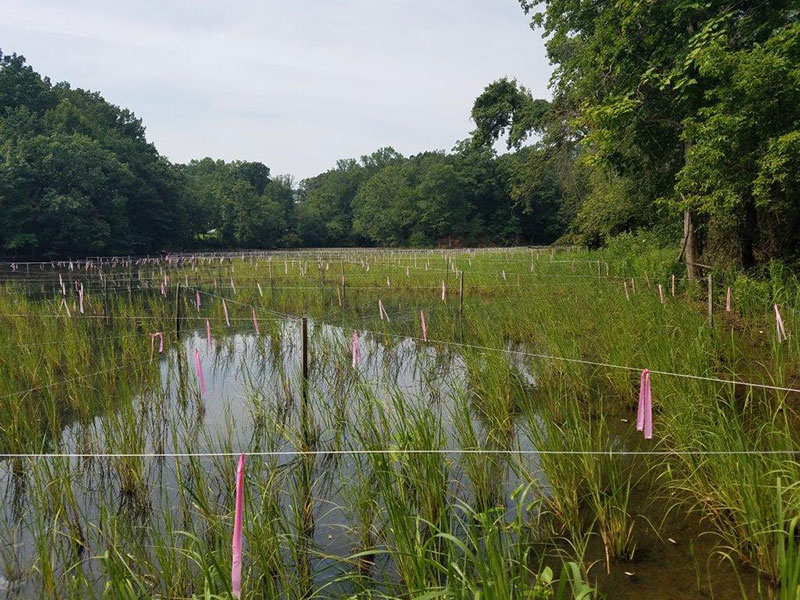While reviewing Maryland’s Phase III Watershed Implementation Plan to Restore Chesapeake Bay by 2025, I was happy to see that the State of Maryland, under Governor Hogan’s leadership, has adopted the idea of ‘creating’ a restoration economy to drive the delivery of the many efforts needed to restore Chesapeake Bay water quality by 2025.

Rather than negatively focusing on the costs of environmental improvement goals, Maryland has embraced the future of market-based strategies to deliver cost-effective Chesapeake Bay cleanup. Maryland recognizes that these efforts can continue into the future as an economic engine for the state’s fiscal growth.

This vision was first shared years ago in a book titled The Restoration Economy, which develops a vision of the industrial revolution being replaced by a restoration industry that delivers more value, a better quality of life for society, and a better environment.

The growing trend of private-public partnerships in the restoration industry is delivering value beyond cost savings. Private funding reduces a lot of the cost and time associated with government funding, and the government partner is assured delivery of the contracted project before payment and the responsibility for construction and post-construction phase efforts are clear cut. Finally, private property owners are more willing to engage with private firms able to compensate them directly through payment for ecosystem services than with government programs that have more strings attached.
